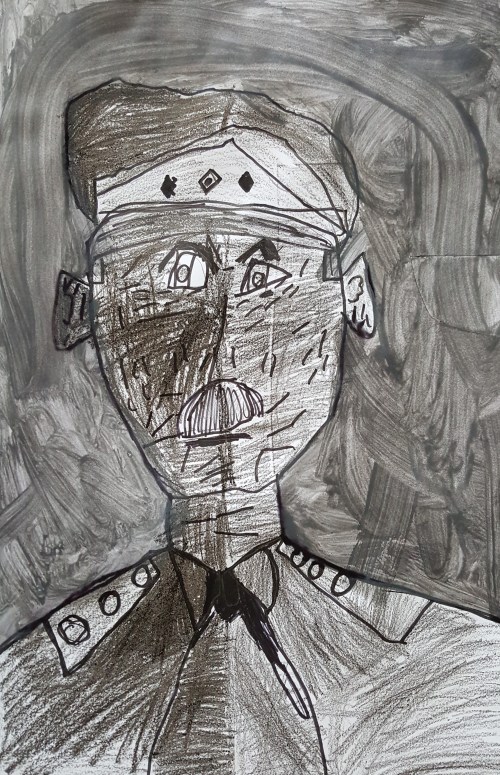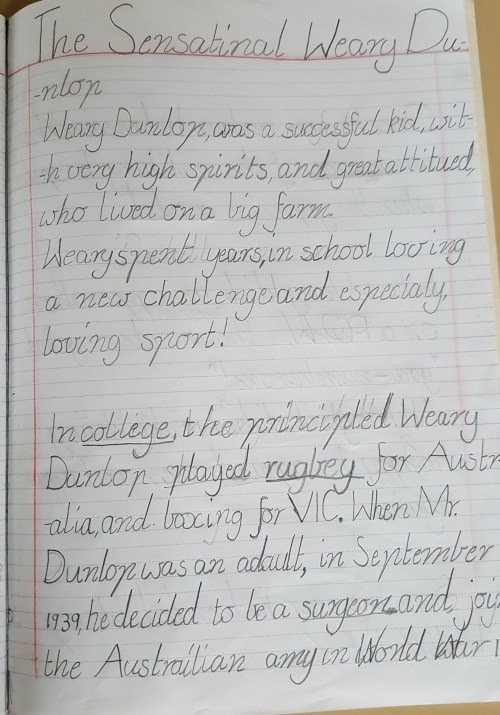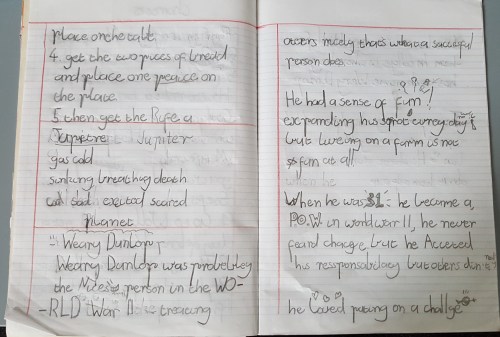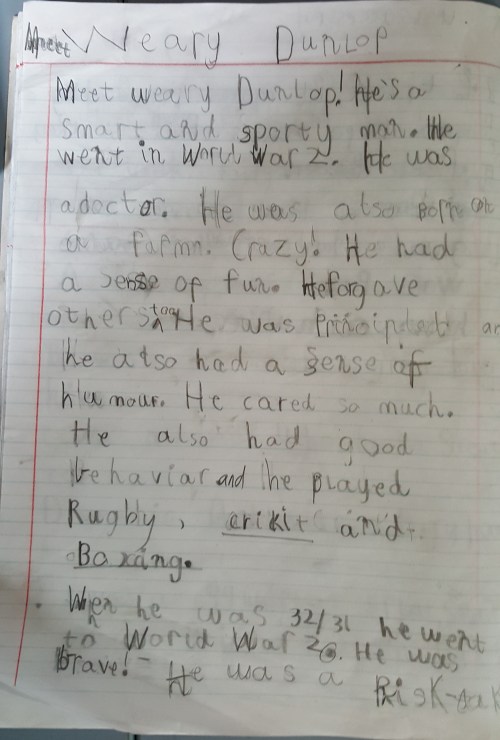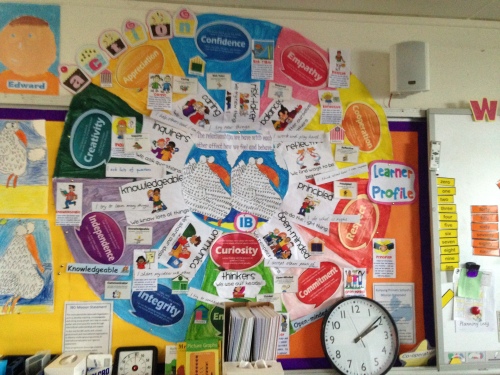Student/Learner Agency is essential if we are preparing our learners for their future. Student/Learner Agency starts from a child’s first year of school for the teacher. In previous posts I’ve talked about the student and the task and now I’ve added the teacher. All three components are crucial to Student/Learner Agency. Student-Teacher-Task
Plans collaboratively for student needs based on a sound knowledge of curriculum and students.
Refers to the 5 essential IB elements – Knowledge, Concepts, Skills, Attitudes and Action.
Provides tools and strategies for students to be aware of, and monitor, their own learning e.g. pre-Assessments, continuums, rubrics, exemplars, etc.
Supports students to use evidence when personalising and revising their learning goals.
Clarify students’ misconceptions, in order to refine individual learning goals.
Discusses connections between learning goals, learning activities and assessment requirements.
Help students make sense of connections within and between curriculum areas.
Supports students to identify ‘stretch’ goals and set goals to achieve them.
Plans collaboratively to meet student needs based on a sound knowledge of exemplary teaching practice.
Develops students’ metacognitive skills by modelling the language of thinking, and providing tools and strategies to assist them to be aware of, and monitor, their own learning.
Monitors students for cues and notices when students need assistance.
Makes students responsible for establishing deliberate practice routines.
Provides students with a choice of learning activities that apply discipline- specific knowledge and skills including literacy and numeracy skills.
Facilitates processes for students to select activities based on agreed learning goals.
Supports student to select learning engagements that support their areas of strength and areas for development.
Ensure dialogue is distributed, so that teacher and students both take an active role.
Raises students’ awareness of the characteristics of inquiry and the process of inquiry.
Involves students in adapting the learning space to support everyone’s learning.
Shares responsibility with students for reinforcing agreed learning expectations and refers to agreed routines and protocols throughout the lesson.
Paces the lesson, giving students enough time to intellectually engage with the concepts, reflect upon their learning and consolidate their understanding.
Demonstrates respect for all students’ ideas and ways of thinking.
Negotiates group arrangements with students, appropriate to particular learning goals.
Designs activities that incorporate cross-curricular applications and real world connections.
Present concepts of the discipline in multiple ways to all students and identify diverse perspectives when presenting content.
Supports students to hold each other to account for their contributions to the group’s outcomes.
Facilitate students’ self-assessment by giving them tools to assess, and reflect on, their own work.
When articulating assessment requirements, the teacher uses examples of student work to demonstrate the expected standards.
Organises opportunities for students to articulate what they have learnt and to say which learning strategies are most effective for them.
Explain the taxonomy used to structure the learning activity and to inform the assessment criteria, so that students understand the intellectual demands of the task.
Provides students with opportunity to reflect critically on the strategies they have used to complete the learning task.
Negotiate assessment strategies with students, ensuring these are aligned with learning goals.
Supports students to assess their own use of academic language and measure their own progress in this area.
Support students to critique one another’s ideas, in order to increase the intellectual rigour of the conversation.
Uses a variety of formative assessment activities to help students assess their own progress.
Provides opportunities for immediate feedback. Kunyung PS








